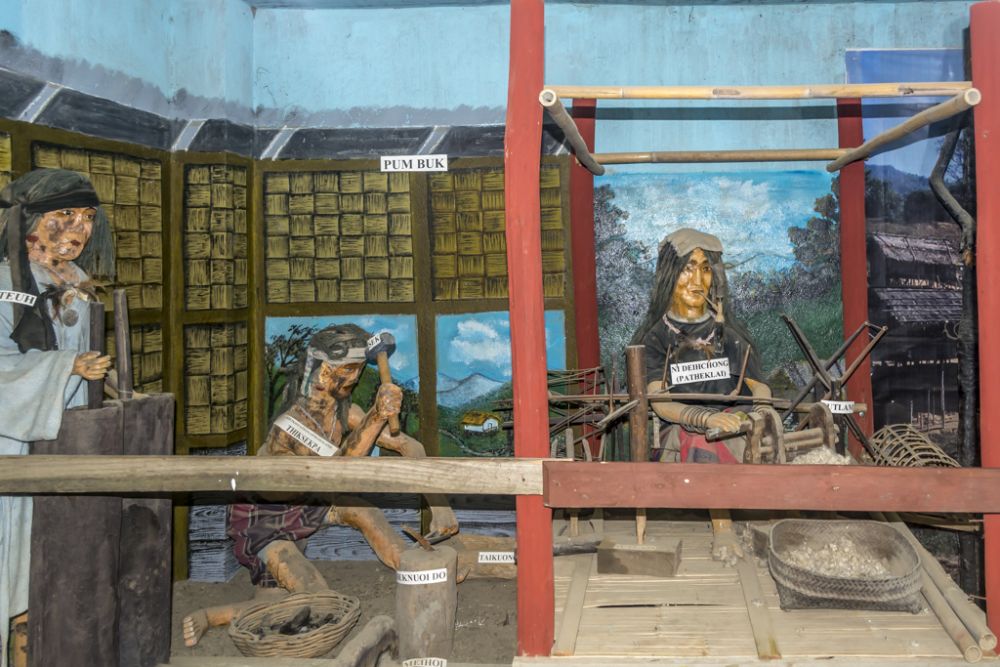

The Tuibuong Tribal Museum, situated on Tedim Road in Churachandpur, Manipur, is a treasure trove of tribal heritage and culture in Northeast India. Churachandpur, often referred to as the cultural capital of Manipur, is home to various tribal communities, each with a unique history and cultural practices. The museum was established with the objective of preserving and showcasing the rich traditions, art, and crafts of these indigenous communities.
Tourism in Churachandpur and at the Tuibuong Tribal Museum has a relatively recent history. With the increasing recognition of the importance of preserving indigenous cultures, the museum has become an essential destination for tourists seeking an understanding of the area's ethnic diversity. Though not as widely visited as the more famous tourist attractions in India, the Museum has seen a steady increase in national and international visitors over the years.
The museum's development as a touristic hub began earnestly in the late 20th century, as efforts to promote cultural tourism in the region gained momentum. It has since become a focal point for cultural exchange and education, attracting scholars, historians, and those keen on learning about the tribal societies of Manipur. Local festivals and events have further attracted travelers looking for authentic cultural experiences.
The museum's collection includes traditional costumes, jewelry, agricultural tools, musical instruments, and pottery, providing an illuminating insight into the lives and histories of the various tribes of Manipur. The establishment serves not only as a repository of artifacts but also as a center for learning and documentation of tribal languages, literature, and folklore.
In recent years, there has been a shift towards sustainable and responsible tourism, with visitors becoming increasingly aware of the need to support preservation efforts. Experience-based tourism has become a noticeable trend, where travelers participate in cultural workshops or events that the museum or local community organizes. This interactive involvement allows visitors to have a more profound and personal connection with the tribal heritage they come to explore.
Moreover, the growth of digital and social media marketing has played a significant role in increasing awareness about hidden gems like the Tuibuong Tribal Museum. Through platforms such as Instagram and Facebook, potential tourists can now discover and learn about the museum's offerings well in advance of their visit.
As the world opens up more to eco-tourism, places like the Tuibuong Tribal Museum gain prominence. The museum not only provides an educational experience but also an opportunity to support the conservation of the region's environment and cultural identity, aligning with the values of modern conscientious travelers.
Though the Tuibuong Tribal Museum may not have a centuries-long tourism history like some other world-renowned destinations, it holds an intrinsic value for those interested in the ethnic and cultural complexities of Northeast India. With the ongoing evolution of travel habits and tourism trends, the museum continues to be an irreplaceable source of learning and discovery for visitors far and wide.
Important: Visitors are encouraged to check the opening hours and any travel advisories or restrictions before planning their trip to ensure a smooth and enjoyable experience.